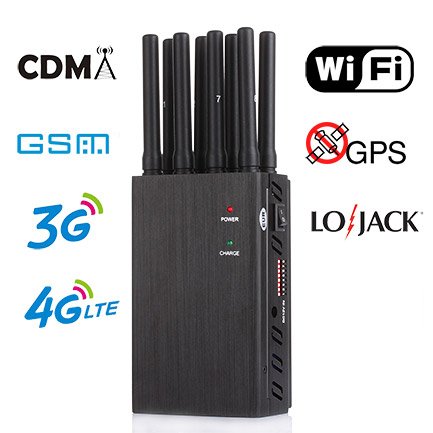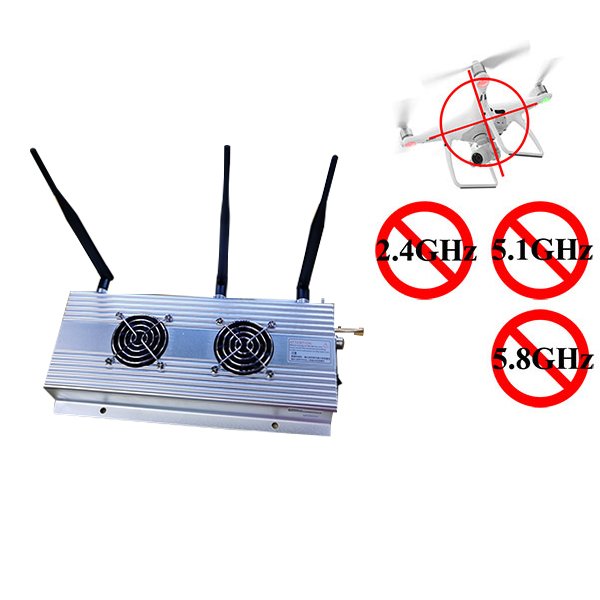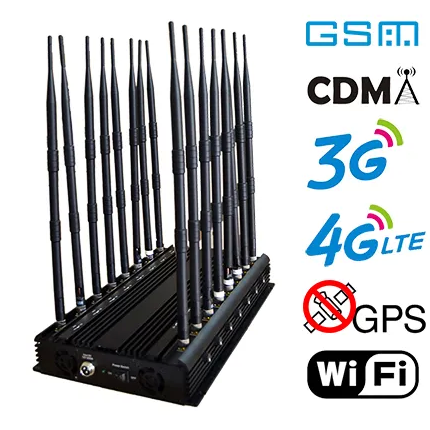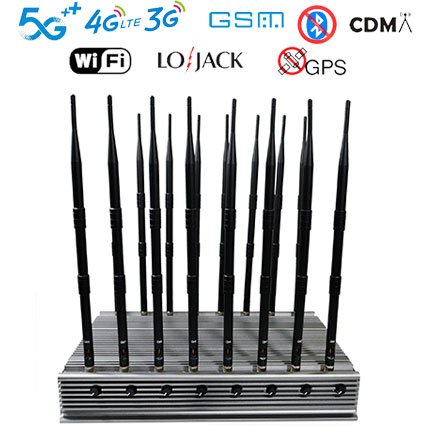Cell phones are ubiquitous in modern life
Cell phones have become an integral part of our contemporary lives. As the number of cell phone users continues to soar, the days of simple landline phones are long gone.
In fact, the number of cell phones is estimated at 7.22 billion, which exceeds the global population of 7.19 billion. This means that there are more cell phones in the world than there are people.
The widespread use of cell phones has also led to a large number of unwanted calls. While silencing your phone or setting it to vibrate can provide some relief, this may not always be enough. Fortunately, cell phone jammers offer a solution.
Cell Phone Jammers: An Effective Call Blocking Method
Cell phone jammers offer an effective way to block incoming calls completely, eliminating the annoyance of dealing with individual callers.
While the process may seem complicated, it is actually quite simple. These devices emit signals that match the frequency of cell phone signals. The jammer then broadcasts these signals, making it impossible for cell phones to receive signals within a specific area.
There are many reasons why people use jammers. For example, business owners can use them to block cell phone signals, preventing distractions in the workplace or interruptions during meetings. Jammers can also prevent sensitive information from being leaked by blocking outgoing communications. In addition, they have been used to thwart potential terrorist attacks by blocking signals.
Additionally, a jammer has the advantage of displaying an “out of service” message instead of a “phone is turned off” indication, making the phone owner appear unreachable to the caller. There are various devices that can effectively block calls in this way.
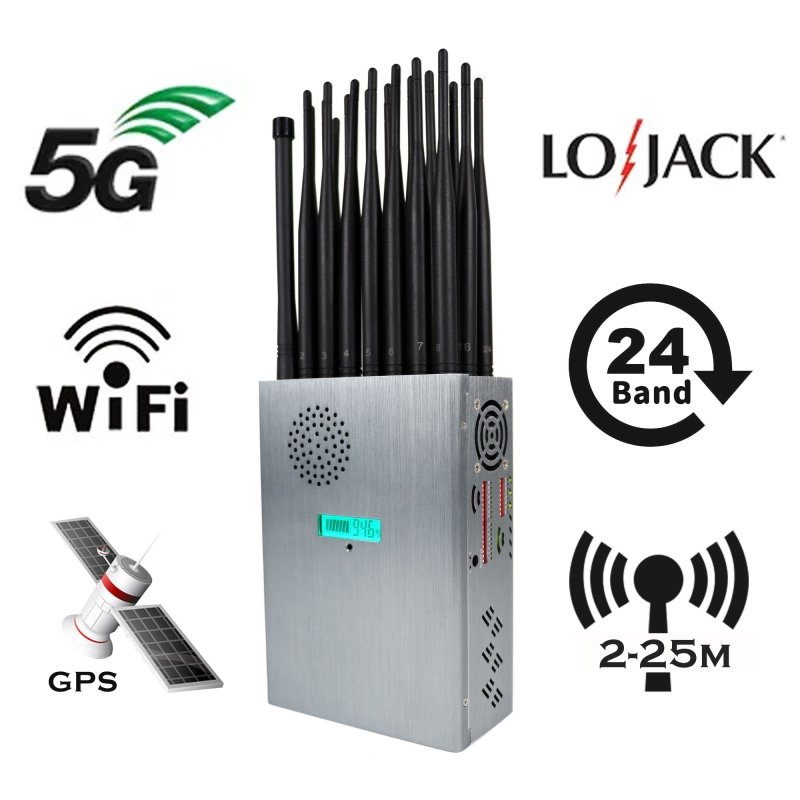
Understanding What Cell Phone Jammers Do
To understand how cell phone jammers work, it is important to grasp the concept of cell phone signals.
Cell phones work by sending signals to nearby cell phone towers, which are determined by the location of the phone.
Cell phone towers are designed to handle specific areas and divide the workload accordingly. As you move with your phone, it sends signals to different towers depending on the distance.
Cell phone jammers work by transmitting radio frequencies to the same tower. By mimicking cell phone signals, jammers can suppress cell phone signals.
Essentially, a jammer sends a signal at the same frequency as your phone, but at a higher power. This powerful signal outperforms and destroys the original signal of your phone.
As a result, the jammer’s signal and the phone’s signal collide, causing communication between the phone and the cell phone tower to be disrupted.
Determining the Range of a Cell Phone Jammer
The range of a cell phone jammer depends on its output power. Small portable cell phone jammers are usually limited in strength and can only block signals within a range of 20-30 feet. On the other hand, high-powered military-grade jammers are able to block signals up to a quarter mile or even further. Output power (measured in watts) is a reliable indicator of a jammer’s strength and range.
Wide Variety
The functionality of a cell phone jammer, like any other device, varies by brand and model.
Basic jammers primarily block one of the two frequencies used by cell phones. This tricks the phone into thinking it has no service because it is only receiving one frequency.
However, advanced models are able to block multiple frequencies simultaneously. Some jamming devices can even be fine-tuned to match specific frequencies.
While most modern cell phones will be affected by cell phone jammers, it is recommended to invest in more advanced models, especially if you have a dual-mode or tri-mode phone that can switch between networks.
Key Components
Similar to cell phones, cell phone jammers have unique characteristics determined by their brand and model. Some jammers have a simple on/off switch, while advanced models require manual frequency adjustment.
While each model may vary, there are some basic components that cell phone jamming devices have in common.
The RF section includes key components responsible for communicating with the phone.
First, the antenna plays a vital role in transmitting the signal to the surrounding environment. The antenna can be external or integrated into the device, with advanced models allowing for manual adjustment to match specific frequencies.
Next, the power supply is responsible for powering the entire device. Some cell phone jammers are battery powered and look similar to a cell phone battery, while others rely on a central power system or can be plugged into a wall outlet.
The voltage controlled oscillator is another key component of the RF section and is responsible for generating the signal.
RF amplification is the process of boosting the signal power to effectively block cell phone signals. While other parts contribute to the operation of the device, these components play the most critical role.
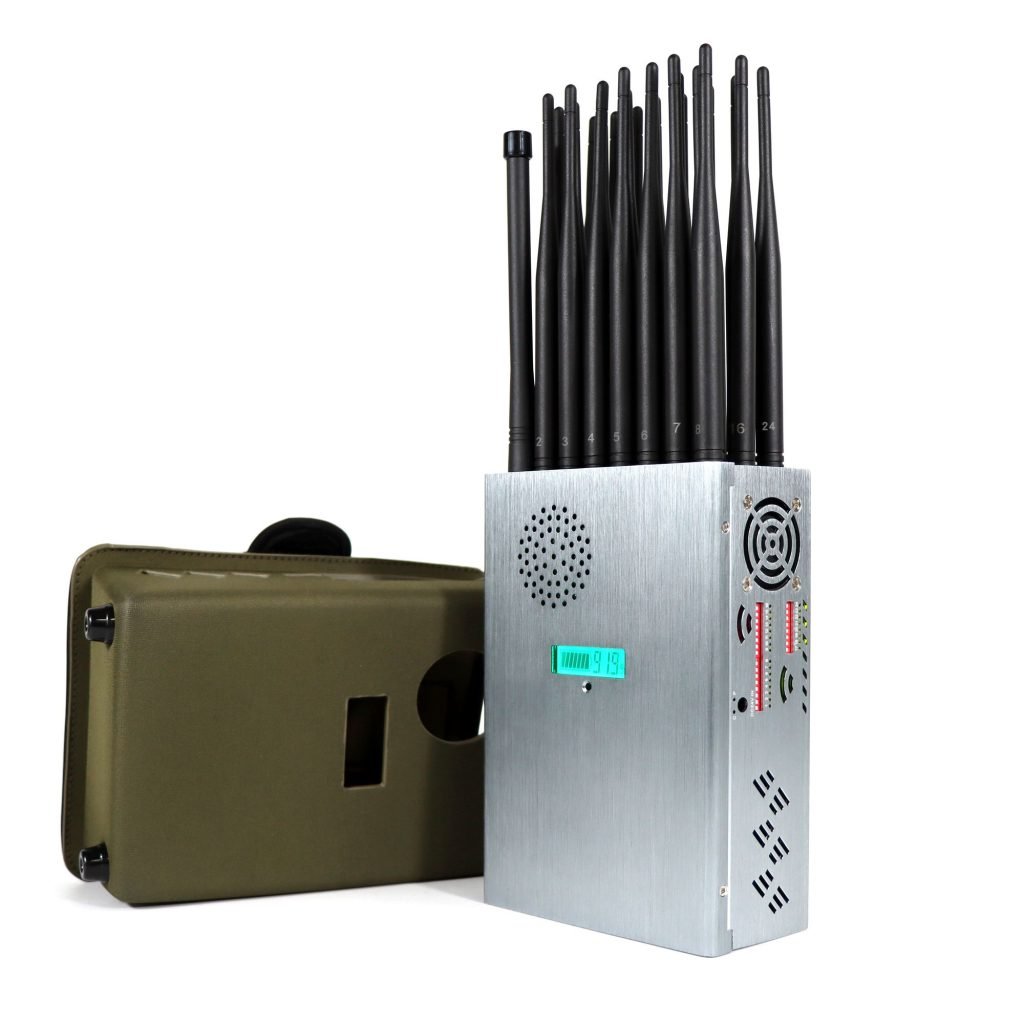
Applications
The reliability of cell phone jammers is evident in the fact that they have been used by some of the most advanced law enforcement teams in the world.
These jammers have been used in many counter-terrorism operations, especially in the early 21st century, to disrupt communications between cell phones and explosive detonators. Police forces have also used them to block communications between criminals.
In addition, civilians use jamming devices for a variety of purposes.
Considering that the average adult cell phone user makes about 5 calls per day, a significant number of people receive unsolicited calls. Therefore, the average cell phone user may wish to block calls for a variety of reasons.
Certain environments require silence. People in libraries, theaters, schools, hospitals, conferences, or government offices can benefit from using cell phone jammers.
However, caution must be exercised when using jammers in public places, as they may block emergency signals or important police calls. Doing so may result in the jammer being held responsible for any resulting interference or legal consequences.
Next Steps
Cell phone jammers are not as complicated as they may seem at first glance.
Now that you understand how they work, it’s time to explore and choose the right jamming device for your needs. Before making a decision, it’s important to check local regulations regarding their use.
If you need more information to facilitate an informed purchase, please feel free to contact us.
